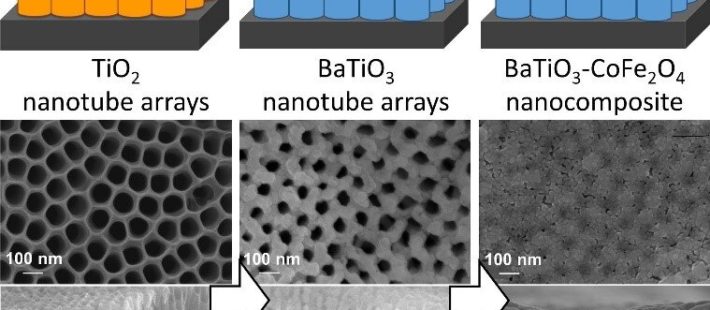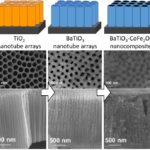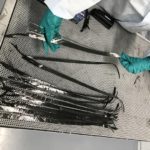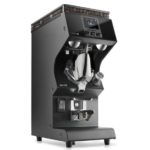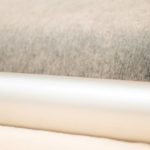Toyohashi University of Technology has developed a novel liquid process for fabrication of an affordable multiferroic nanocomposite film in collaboration with Japan Fine Ceramics Center, National Institute of Technology Ibaraki College, International Iberian nanotechnology Laboratory, Chang’an University and University of Erlangen-Nuremberg.
Multiferroic materials combine electrical (ferroelectric) and magnetic (ferromagnetic) properties and have a strong correlation between these properties (exhibit a magnetoelectric effect), and their development is expected to realize more versatile and higher performance next-generation electrical and magnetic devices such as low-power-consumption large-volume memory, spatial light modulator, and unique sensors, etc. In recent years, several methods of production of multiferroic films exhibiting significant magnetoelectric properties have been reported. However, these processes require large and extraordinary expensive vacuum devices, making them impractical for fabricating materials with a large area in particular. As a result, multiferroic materials have only been used in a very limited range of applications.
With this background, the research team developed a process for producing a material with advanced multiferroic properties by combining several liquid-phase methods that are relatively inexpensive and simple.
The lead author, Associate Professor Go Kawamura of Toyohashi University of Technology explained: “In order to fabricate a material that exhibits advanced multiferroic properties, it is necessary to combine ferroelectric and ferromagnetic materials appropriately and periodically on the nanometer scale. In the past, nanopillar array structures were fabricated in a self-organized manner using gas-phase methods, and a large magnetoelectric effect was observed in such materials. However, the gas-phase methods required the use of large and expensive equipment, and it was practically impossible to increase the area of the sample. Therefore, we worked on the fabrication of nanopillar array-like composite films using only affordable and simple liquid-phase methods. In the multiferroic composite film obtained by the process we developed, it is clarified that there is a local epitaxial relationship at the interface between the ferroelectric and the ferromagnetic materials, thereby producing a large magnetoelectric effect. Compared to conventional gas-phase processes, multiferroic composite films can be produced at a much lower cost and can be used for larger areas.”
This study was interdisciplinary, requiring a variety of specialties. Therefore, the research team collaborated with specialists in dielectric materials and magnetic materials, specialists in observation of nanostructures using electron microscopes, and specialists in liquid-phase synthesis, among others, from various institutions in Japan and overseas. The novel process was developed by combining these advanced specialties.
The research team believes that more precise creation of controlled nanostructures can further improve the magnetoelectric effect, and will continue to optimize the process. Ultimately, the team plans to produce large area materials, which is also a feature of the process that was developed, and apply them to a spatial light modulator to develop applications such as spatial displays that can be used to build huge three-dimensional images.
Source: https://phys.org/news/2019-09-multiferroic-material.html


